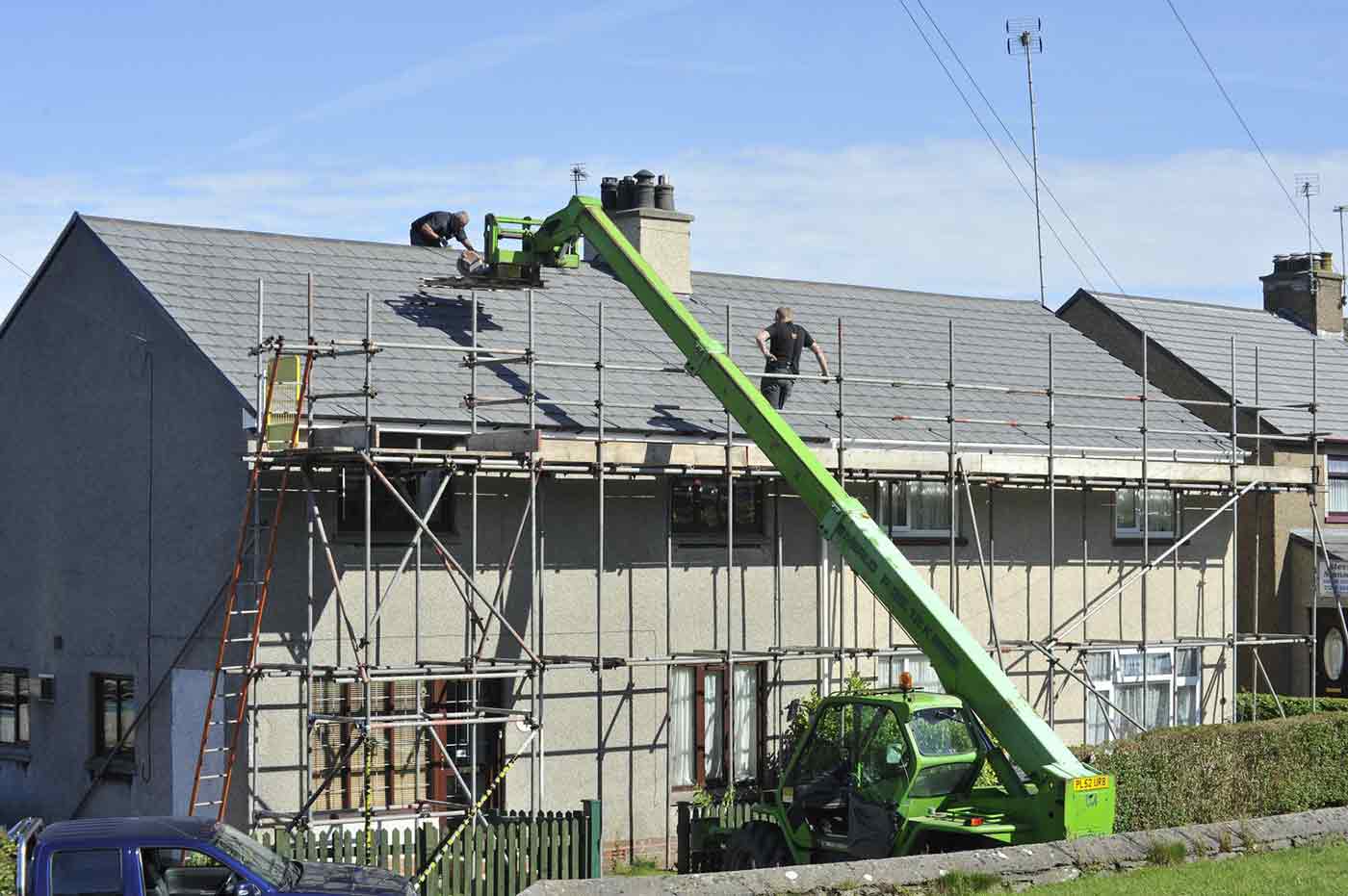
Roofing is a critical component of your home, providing protection from the elements and contributing to the overall aesthetic appeal of your property. Understanding the various aspects of residential roofing is essential for homeowners looking to repair, replace, or maintain their roofs explore details. This guide offers a comprehensive overview of Roofing materials, styles, and maintenance tips to help you make informed decisions about your roofing projects.
Choosing the Right Roofing Material
Asphalt Shingles
Asphalt shingles are the most popular roofing material in the United States due to their cost-effectiveness, durability, and ease of installation. They come in a variety of colors and styles, allowing homeowners to customize the look of their roof. High-quality asphalt shingles can last up to 30 years with proper maintenance.
Metal Roofing
Metal roofs are known for their longevity, durability, and energy efficiency. They can last up to 50 years or more and are available in a range of styles and colors. Metal roofing materials include aluminum, steel, copper, and zinc. They reflect solar radiant heat, which can reduce cooling costs in the summer.
Tile Roofing
Tile roofs are prized for their aesthetic appeal and longevity, often lasting over 50 years. Clay and concrete tiles are the most Common types, each offering a distinct look and feel. Tile roofing is heavy, requiring reinforced roof framing to support the weight, but it provides excellent resistance to fire, wind, and hail.
Slate Roofing
Slate roofing is the pinnacle of durability and can last over 100 years. It is made from natural slate rock and is known for its unique beauty and strength. Slate is one of the most expensive roofing materials, but its longevity and aesthetic appeal make it a worthwhile investment for many homeowners.
Wood Shingles and Shakes
Wood shingles and shakes offer a natural look that blends well with rustic and historical homes. Made from cedar, redwood, or pine, wood roofing materials are treated to be fire resistant and can last up to 30 years. They require regular maintenance to prevent moss, mold, and decay.
Roofing Styles and Structures
The structure of your roof plays a significant role in its overall functionality and appearance. Common roofing styles include gable, hip, flat, and mansard roofs, each offering different advantages in terms of drainage, space, and aesthetic appeal. The choice of roofing style should complement the architectural design of your home and meet your specific needs in terms of space and functionality.
Roof Maintenance and Care
Regular maintenance is crucial to extending the life of your roof and preventing costly repairs. Annual inspections can identify potential issues before they become major problems. Homeowners should look for signs of wear and tear, such as missing or damaged shingles, leaks, and clogged gutters. Professional Cleaning can also remove harmful moss and algae, preserving the integrity of the roof.
When to Consider Roof Replacement
Roof replacement is a significant investment, but it may be necessary if your roof is beyond repair. Signs that you may need a new roof include extensive leaking, major damage from storms, and roofs that are past their expected lifespan. Choosing the right material and professional roofing contractor is essential for a successful roof replacement project.
Conclusion
Your home’s roof is a vital component that requires careful consideration and maintenance. By understanding the different materials, styles, and care requirements, you can make informed decisions that ensure the longevity and functionality of your roof. Whether you’re repairing a damaged roof, choosing materials for a new construction, or maintaining your existing roof, this guide provides the essential information you need to protect your home and enhance its curb appeal.